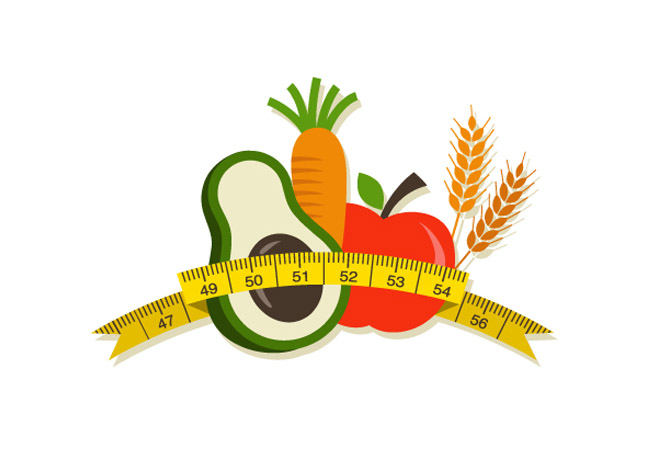
- Ayurveda -
Home | Ayurveda
Ayurveda being the Science of life, blend in with the day to day life of an individual. The science has clearly defined the daily routine from dawn to dusk, from waking up till sleep for the maintenance of good health

Thus the factors of diet, sleep and celibacy play an important role in determining the health of the individual.

deciding one's diet, one should take into consideration several factors like time of the year, time of the day, place of residence, one's age, one's natural body type, one's digestion capacity, one's inherent and acquired strength and the type of food that one is used to. Further one cannot just identify one's diet and stick to it come what may. There has to be a continuing dynamic interaction with the body at all times and one of the most important factors that need to be considered is the digestion of the previous meal which can be greatly understood by observing one's bowel movements. This should determine whether any extra care needs to be taken, whether any type of food needs to be added or deleted, whether any particular rasa or taste needs to be increased or decreased and so on. Initially though one may have to make a conscious effort to get this understanding, over a period of time, it will come naturally and you will develop a tendency to take only such food and drinks with which your body is comfortable.
Panchakarma, which includes five major procedures, is meant to purify the whole body by eliminating the accumulated toxins from it. This includes treatments like Virechana (Purgation), Vamana (Emesis), Snehavasthi (Medicated Oil Enema), Kashayavasti (medicated decoction enema) &Nasya (Nasal Administration). The specialty of this treatment is that it can be administered both in a healthy, as well as thediseased person. When a healthy person subjects himself to Panchakarma, it has a preventive, restorative and rejuvenative effect on the body.
In the beginning of the therapy, the body is prepared for the actual process of elimination. This is done by the following processes:
Deepana and Pachana : Deepana and Pachana :The purpose of these treatments is to keep the digestive fire at its best, by means of oral medication
Oleation and Sudation are the most important preparatory measures to have Panchakarma (purification therapies). This includes various types of whole body therapies like Abhyangam, Pizhichil (kayaseka), Navarakizhi, Choornaswedam, Pathrapotalaswedam, etc, can be done both internally as well as externally. Medicated ghees or oils are also administered orally for the purpose of Internal Oleation [Snehapana]. Both these methods lubricate the body channels and loosen the toxins accumulated in the body. Apart from this, localized therapies like Shirodhara, Shirovasti, Greevavasti, Kadeevasti, Nethratharpanam,Thalam, Lepanam will be also done in specific cases.
In the Eliminative Phase, the physician, based upon the condition of the patient's disease, decides the type of the Panchakarma treatment